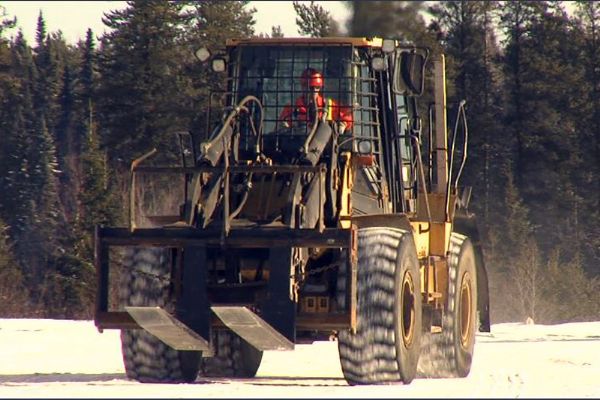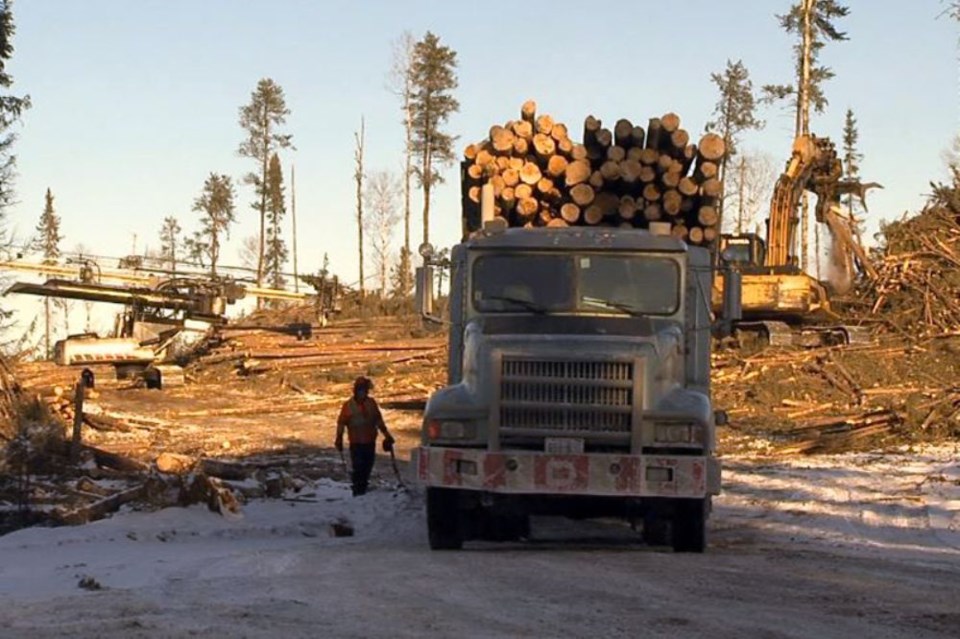Baby boomers are reaching the end of their careers but a missing Generation X won’t fill their shoes in Northwestern Ontario’s economy.
The stability of the region’s traditional workforce will be left in the hands of Millennials and that worries some who study labour markets west of Thunder Bay.
Northwest Training and Adjustment board executive director Sonja Wainio lamented the culture calling gifted students to pursue university over college, saying it produces a disconnect in the region’s labour force.
“Dealing with the Millennials is definitely a different issue. The way they come to work, they’re not anxious to start at the bottom and work their way up,” Wainio said.
“I have nothing against a university education but when I’ve spoken to some tradespeople, companies prefer to hire someone who has come through a college because there’s a lot more practical (knowledge).
“You don’t go into the trades because you’re not smart enough to go to University. We have to get people back in to that mindset because we won’t have anyone to do the work.”
A third of people accessing employment services in those districts are between the ages of 15 and 24. While a population boom in Treaty 3 First Nations has reached working age, overall school enrolment continues to fall in the Kenora and Rainy River districts, which have among the lowest apprenticeship rates of any region of Ontario.
Wainio believes provincial changes to apprenticeship ratios could stimulate the trades but further research is needed for next steps.

“We don’t have too badly of a signup level but we don’t have good completion rates. We’re seeing what kind of information we can gather and who we can share it with because we need skilled labour. That’s the bottom line.”
Job-readiness among youth isn’t the only generational factor shaping job markets in the Northwest.
A decade of forestry recession has left a wide age gap in its industrial workforce.
According to its 2015 report, NTAB claims at least half of those working in traditional resource extractive industries in the Kenora and Rainy River Districts are older than 50.
Following 2011 census data, the report goes on to conclude workers older than 50 hold 100 per cent of other positions, including senior firefighting officers, railway and yard locomotive engineers, industrial instrument technicians and mechanics, as well as postal and courier service managers.
Wainio said forestry recoveries in Ignace, Kenora and Atikokan might be putting the brakes on year-over-year increases in Employment Services use by those between the ages of 25 and 44.
Although some workers are now returning from the souring Alberta oil patch, Wainio said a missing generation has had an impact on the region’s skill base.
“When you have to downsize and worry about your bottom dollar, those people have to move somewhere and you don’t have those replacements,” she said.
“When we had the downturn, we lost so much of the middle age group to the Oil Sands. Even if you use Dryden as an example, the people with the highest seniority got to keep their jobs with the downsize but where are the young workers going to come from?”
